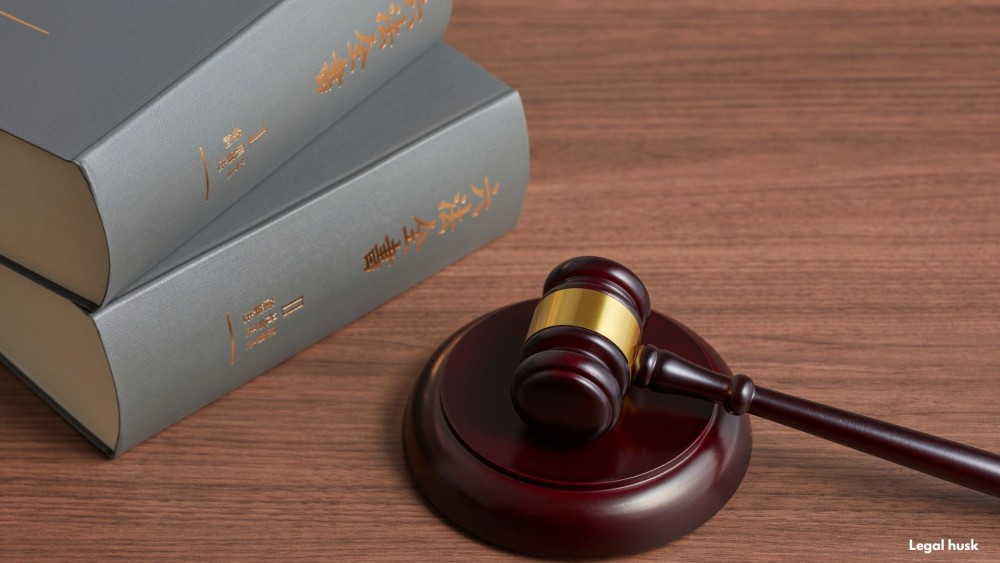Get Your Legal Documents Now!
Whether you are dealing with a complex family matter, facing criminal charges, or navigating the intricacies of business law, our mission is to provide you with comprehensive, compassionate, and expert legal guidance.

Master the art of drafting a property dispute complaint with this expert guide—covering key legal elements, formatting tips, and practical steps to protect your rights.
A property dispute complaint is a formal legal document that initiates a lawsuit concerning ownership, boundaries, easements, trespassing, or lease agreements. Property disputes can arise between individuals, businesses, landlords, tenants, or even government entities. A well-drafted complaint is essential to clearly present the issue and seek appropriate legal relief.
This guide explains the essential steps, key components, and best practices for drafting a strong, legally sound property dispute complaint.
Key Components of a Property Dispute Complaint
1. Caption and Court Information
The complaint must begin with a proper caption that includes:
2. Statement of Jurisdiction
Jurisdiction refers to the court's authority to hear the case. The complaint should state:
3. Identification of Parties
Provide clear details about all involved parties, including:
4. Factual Allegations
This section outlines the key facts of the case in a clear and chronological manner:
5. Legal Claims
The complaint must state the specific legal grounds on which the case is based, such as:
6. Request for Relief (Remedies Sought)
The plaintiff must clearly state what they seek from the court, such as:
7. Supporting Documentation
Attaching key documents strengthens the complaint. Common attachments include:
8. Signature and Verification
The complaint must be signed by the plaintiff or their attorney. Some jurisdictions require a sworn verification confirming that the statements in the complaint are true.
Best Practices for Drafting an Effective Property Dispute Complaint
1. Be Specific and Detailed
2. Use Clear and Concise Language
3. Follow Court Formatting Rules
4. Cite Relevant Legal Authorities
5. Seek Legal Assistance When Needed
Whether you’re new to civil litigation or a busy attorney juggling deadlines, Legal Husk can help you craft a clear, compliant, and compelling complaint that gives your case a strong start. From formatting to strategy, we’ve got your back.
📌 Need help drafting your legal complaint?
Let our experts step in and take the stress out of the process.
📞 Reach out today or visit us online to get started.
👉 Visit:
🔗 legalhusk.com
🔗 legalhusk.com/services
🔗 legalhusk.com/services/civil-litigation
🔗 legalhusk.com/about-us
Start strong—start with Legal Husk.
When it comes to legal complaints, how you say it matters just as much as what you say. Proper structure isn’t just about style—it ensures compliance, builds credibility, and positions your case for success. A well-drafted complaint makes your claims clear, persuasive, and difficult to ignore in court.
📩 Ready for a court-ready motion at a predictable price?
Email us at support@legalhusk.com and let Legal Husk draft your next motion with precision and clarity.
Whether you are dealing with a complex family matter, facing criminal charges, or navigating the intricacies of business law, our mission is to provide you with comprehensive, compassionate, and expert legal guidance.
Comments